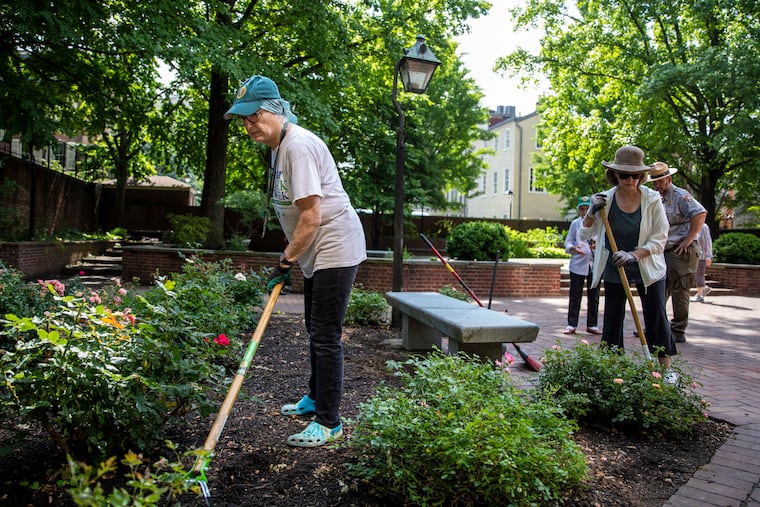Volunteers bring the bloom back to Independence Historical Park’s ‘secret gardens’
The gardeners are more needed than ever as pocket parks around Independence Hall have drawn more visitors during the pandemic.

The gardeners are more needed than ever as pocket parks around Independence Hall have drawn more visitors during the pandemic.
